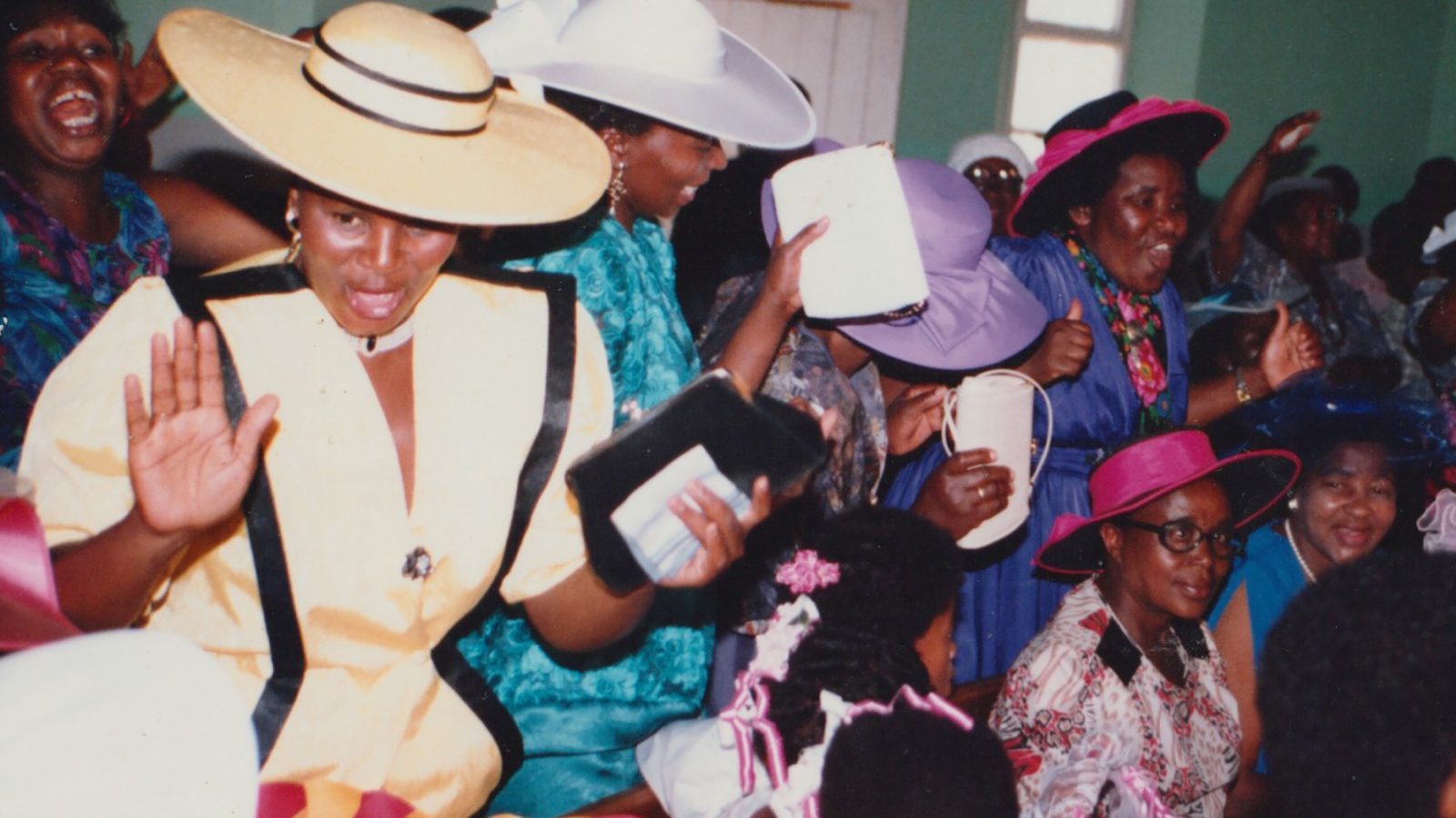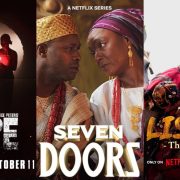Milisuthando is the poignant story of the lived experience of a black and African woman determined to probe the conversation between the imagined nation and the private self.
By Frank Njugi
South Africa is a country forever negotiating with its own shadows, a place where history clings to the land like red dust that refuses to be brushed off. To speak of its people is to speak of that inheritance and the way their stories become inseparable from the soil.
It is within this entanglement that Milisuthando Bongela-Davis, the award-winning South African writer, filmmaker, cultural worker, and cultural cartographer, situated herself. Her life — and her documentary film, Milisuthando — is braided so tightly with the country’s psychic weather that attempting to separate the two feels almost anatomical.
Milisuthando begins with a jolt of disobedient imagery: a lone, unclothed woman facing the towering Mandela monument in Johannesburg, circa 2014. That encounter first caught Bongela-Davis’s attention years earlier, perhaps prompting her to write a piece for Africa Is a Country titled “The Naked Woman on Mandela Square”, in which she probed the decision to stage such a gesture beneath Mandela’s colossal likeness at Sandton City, that gleaming shrine to South Africa’s neoliberal aspirations.
To her, the mall and the monument together formed a painful paradox; Mandela was rendered into an icon polished enough to sell a dream that once confined him. The unsettling tableau sparked her own inward excavation, stirring questions about the unspoken chapters in her family’s past and the aftershocks of apartheid that still pulse through their lives.
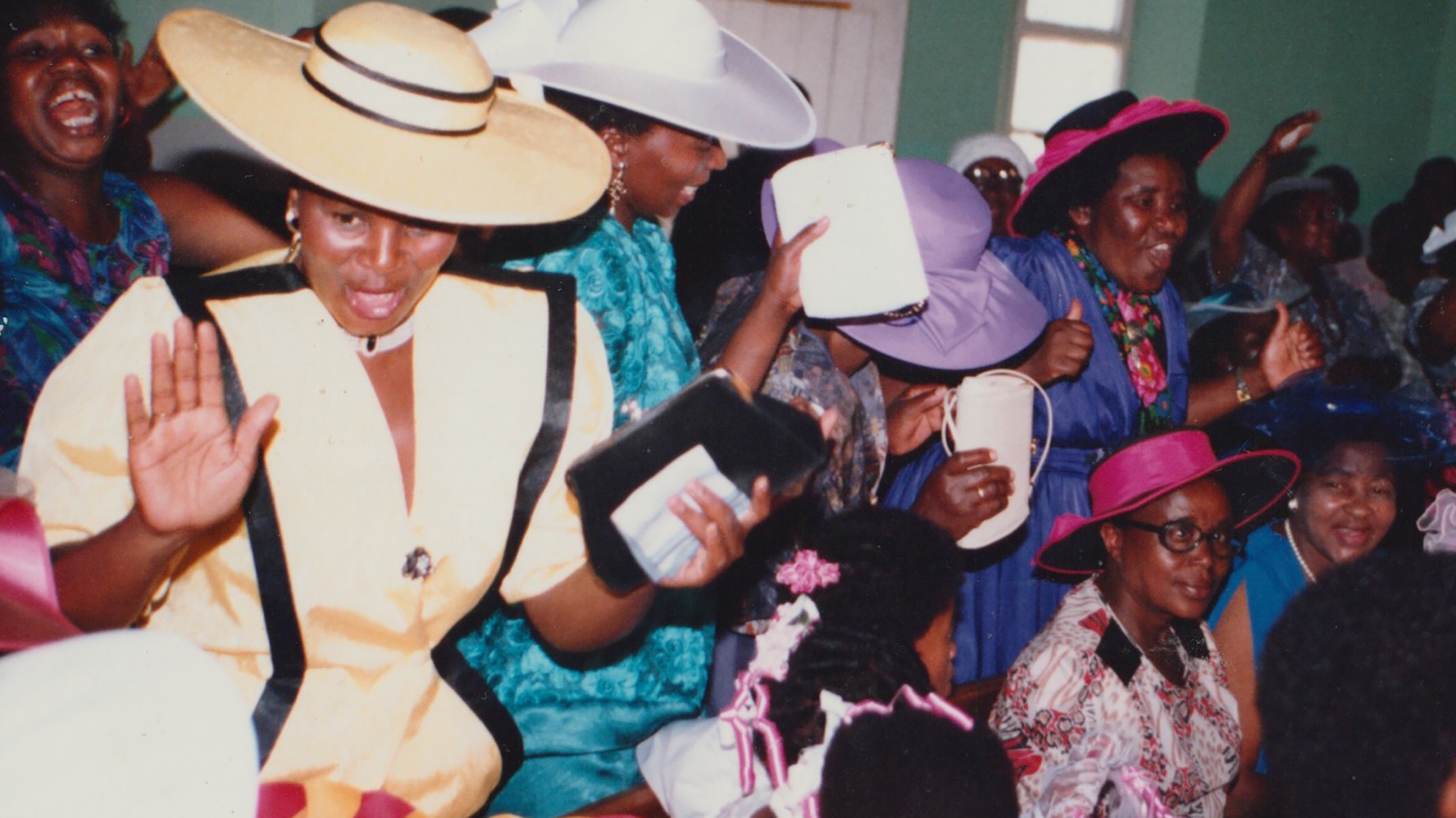
Milisuthando is divided into five chapters, each angled slightly differently, yet all orbiting the same gravitational pull: the braid between a filmmaker’s private reckoning and the terrain she calls home.
Bongela-Davis anchors her inquiry in the circumstances of her own arrival, born in 1985 in the Transkei, that precarious Bantustan carved out by the apartheid state and declared “independent” in 1976 with bureaucratic fanfare and global disbelief. For nearly two decades, Transkei functioned as a political mirage, a laboratory for a regime’s fantasy that segregation could masquerade as self-determination.
For Bongela-Davis as a child, Transkei offered the soft deceit of normalcy — a world populated entirely by Black faces, where the grotesqueries of apartheid existed only as rumours from beyond the border. There were no “whites only” signs calibrated to read Blackness as a threat; the architecture of oppression lived elsewhere, hidden behind the mirage of a homeland built to contain her people.
The truth arrived later, when her family moved to East London, a genuinely mixed city where the country’s racial fractures announced themselves. From there, the film becomes a long account of Bongela-Davis wrestling with the aftermath rather than the event itself. She assembles a vivid collage of archival fragments, home videos, and family photographs, stitching together the unofficial record of Transkei’s life. Her grandmother’s voice becomes one of the film’s delights, drifting in with memories.
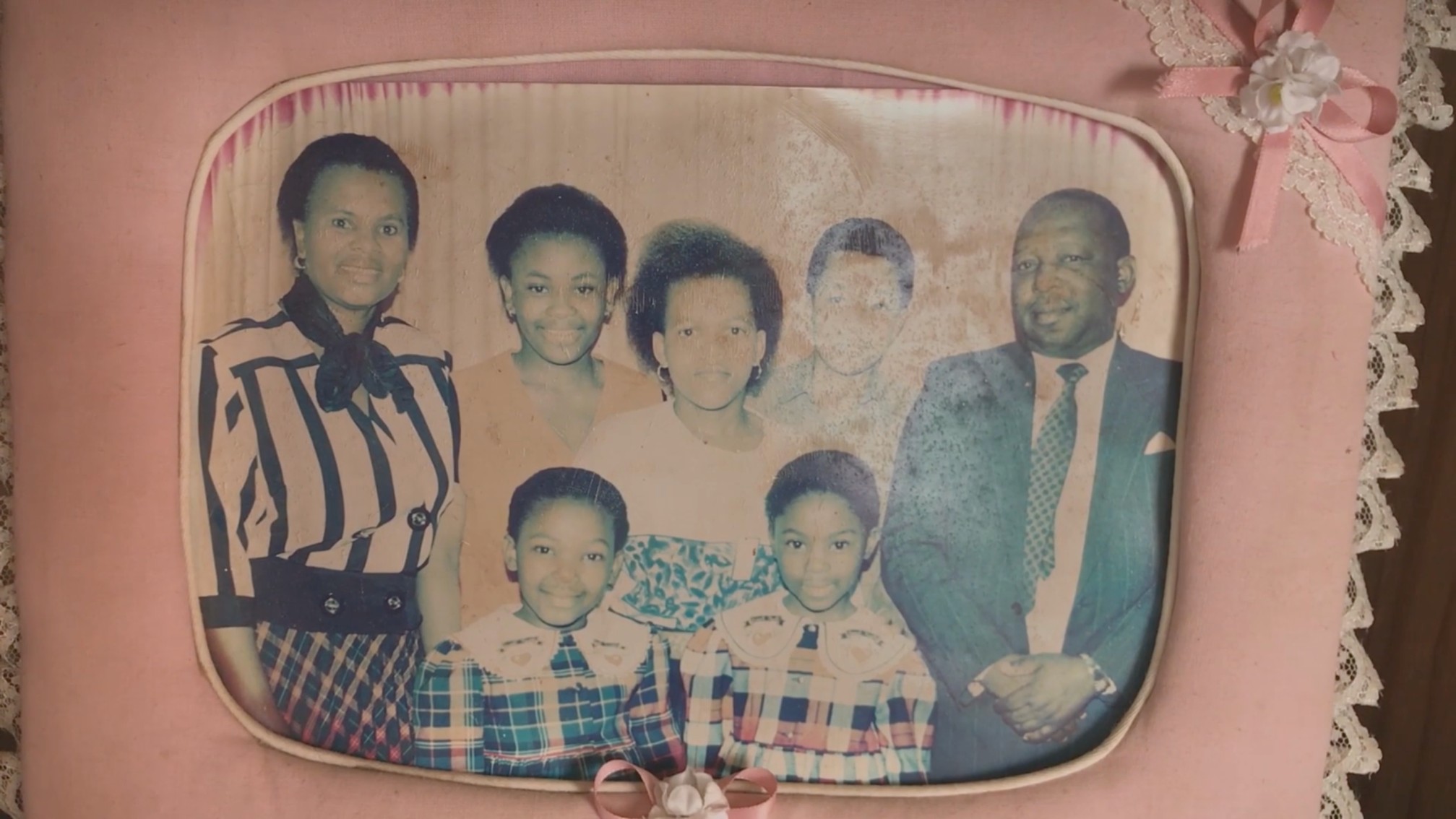
Milisuthando reaches its fourth chapter, and the air thickens, for this is where Bongela-Davis pushes closest to the bone. A charged conversation with her longtime white friend, Marion Isaacs, becomes the crucible through which everything unspoken trembles into view — from the mechanics of privilege to the sting of microaggressions and the question of who carries what weight across generations. Their dialogue flickers mostly against an abyssal black backdrop, a visual void that feels less like an aesthetic choice and more like an admission: some histories resist illustration, and some wounds can only be approached in the dark.
This is the poetic register in which Bongela-Davis operates for the entirety of Milisuthando: a kind of lyrical excavation, where form bends to the contours of feeling. The film’s drift and non-linearity mirror the way her own reckoning with apartheid refuses to present itself as a clean chronology. Her voiceover wanders across three decades of memory, where recollections behave like living things — mutable, brittle, occasionally treacherous.
What emerges is a film woven from poetry and the intimate debris of a life lived. Milisuthando is the poignant story of the lived experience of a Black and African woman determined to probe the conversation between the imagined nation and the private self — and between what history demands and what a person can bear.
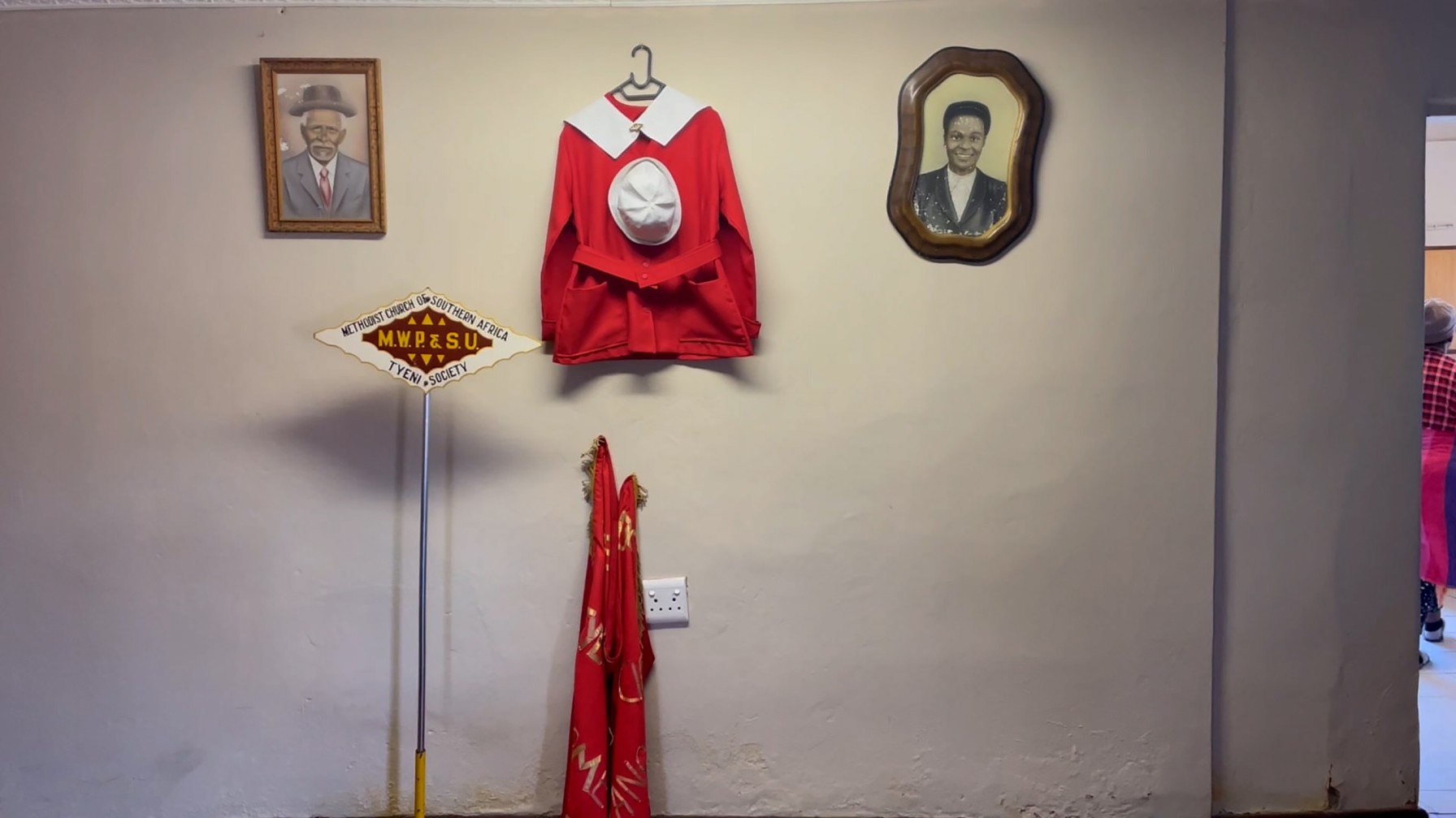
In the end, what Milisuthando does most is remind us that art refuses neat borders. A poem can inhabit the body of a film, a film can move with the logic of an essay, and an essay can pulse with the contradictions of a human life. And that life, with its ruptures and inheritances, can quietly stand in for the story of a nation. Because no country is seamless, just as no person is unmarred; both carry their scars, undeniable.
What art offers is the chance to hold these parallel truths at once, to study the fault lines in a people and in a single life, and to understand that they are, more often than not, the same map.
Frank Njugi, an award-winning Kenyan Writer, Culture journalist, and Critic, has written on the East African and African culture scene for platforms such as Debunk Media, Republic Journal, Sinema Focus, Culture Africa, Drummr Africa, The Elephant, Wakilisha Africa, The Moveee, Africa in Dialogue, Afrocritik, and others.


